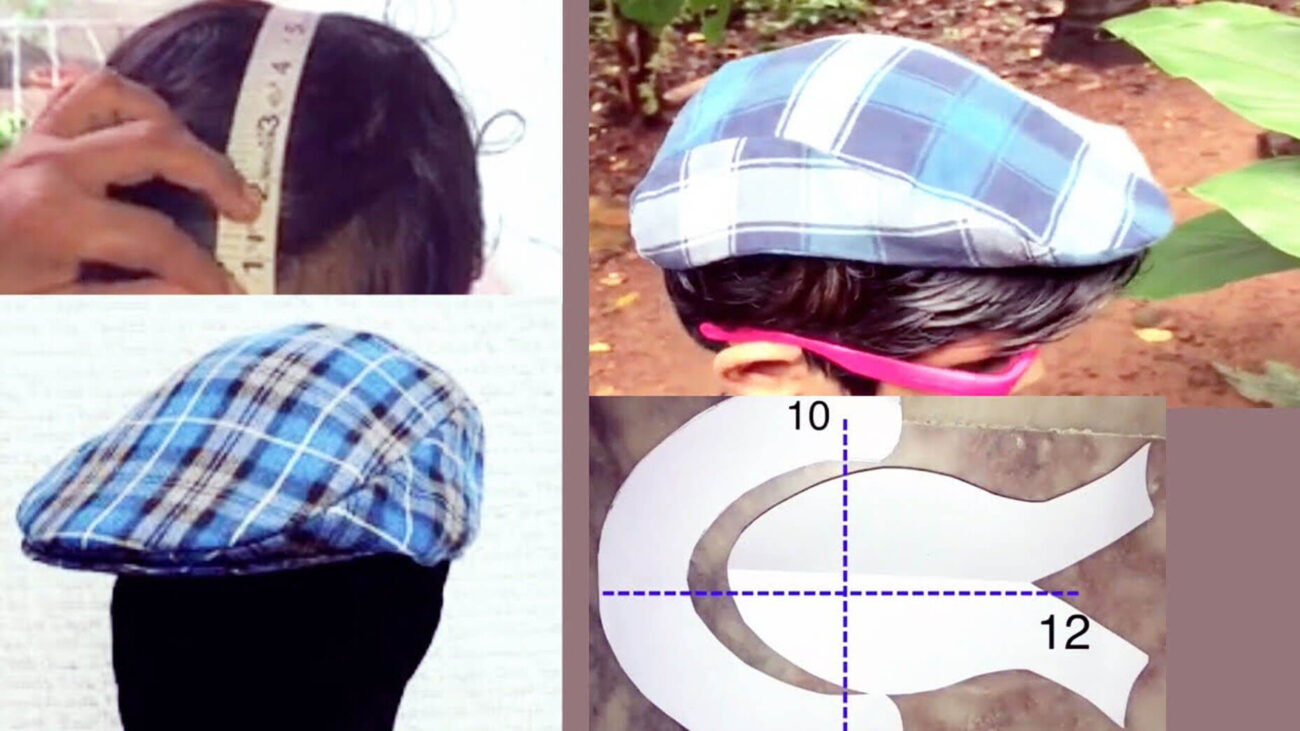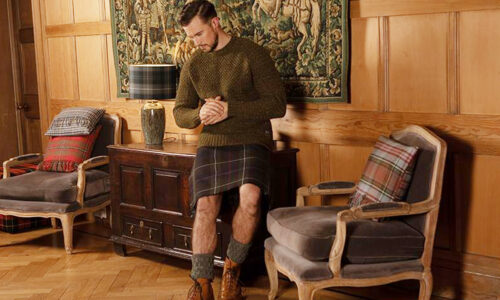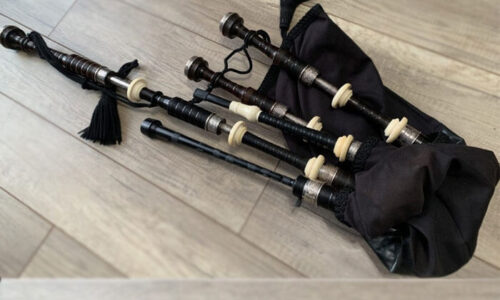
Flat caps are also called newsboy caps and ivy hats. They have always been a classic accessory to add a vintage touch to any outfit. You’re in store for a rewarding and creative project if you want to make your own flat cap. This guide will walk you through making a flat hat that is full of personality and style.
The following is a brief introduction to the topic:
The history of flat caps dates back to the fourteenth century. They were originally worn by men of working class, but have since become a popular fashion accessory for people from all walks of the life. You can customize your flat cap to suit your style and preferences by making it yourself.

Selecting the Right Fabric
The fabric you choose will determine the appearance and durability of the flat cap. Choose fabrics such as tweed, cotton, or wool to achieve a classic look. Choose a color and pattern that complements your wardrobe.
The Essential Tools
Be sure to have all the tools you need before you begin. These include a sewing machine and scissors, as well as pins, thread and a measuring tool. These tools make the whole process easier and more enjoyable.
Take Accurate Measurements
To create a flat cap that fits well, it is important to take accurate measurements. You can measure your head circumference as well as the desired crown height. These measurements will help you create a pattern which fits perfectly.
Drafting the Pattern
The foundation for your flat cap is drafting a pattern. Draw the pattern using your measurements on paper. Make sure you have separate pieces of the crown, the brim and the lining.
Cutting the Fabric
Cut the fabric carefully according to the pattern that you have created. To ensure that the fabric drapes properly, pay attention to the grain.
Sewing the Crown
Sew the pieces of the crown together, but leave the bottoms open. For a neater finish, press the seams apart. This will be the top of your flat cap.
Add the Brim
Sew the edge of the brim onto the crown. The brim can be reinforced with interfacing for structure.
Stitching the Lining
Attach the lining to the hat by sewing the pieces together. This step will add comfort to your cap and give it a professional look.
Attaching the Sweatband
The sweatband should be sewn to the interior bottom edge of the crown. The sweatband provides a snug fitting and absorbs moisture.
Create the Peak
Sew triangular pieces of fabric together to create the peak. Attach it just above the brim of the cap to get that flat cap look.
Final adjustments and finishing touches
Fit and comfort can be adjusted by trying on the cap. Trim excess fabric, and reinforce seams as needed. Add embellishments like buttons or embroidery to give your garment a personal touch.
How to Care for Your Flat Cap
Store your flat cap in a dry, cool place. Spot clean it as necessary. Avoid prolonged exposure to direct sunlight.
The conclusion of the article is:
It’s a fun and rewarding way to express yourself. You can create a flat cap that is unique and stylish by paying attention to the details and being patient.
FAQ
Can I make a flat hat with leather fabric or leather?
Leather can be used to give a modern touch to flat caps. Traditional flat caps are made from fabrics such as tweed and wool. Leather may require specific sewing techniques.
Does sewing experience matter when making a flat cap?
Even beginners can use this guide, although some sewing experience is helpful. Follow the steps and take your time to get great results.
Can I add an extra lining to my jacket for warmth?
Absolutely! Flat caps are perfect for cooler weather when they have a lining. It provides warmth and comfort.
Are flat caps exclusively for men?
Flat caps can be worn by everyone. Flat caps are available in many styles and colors, so you can choose one that best suits your style.
What unique fabrics can I use for my flat caps?
Explore fabric shops, online marketplaces or even recycle old clothing to make fabric. Find materials that reflect your style.




